The prompt rescue of a dog with a parasite in its eye, on the brink of blindness, came just in time.
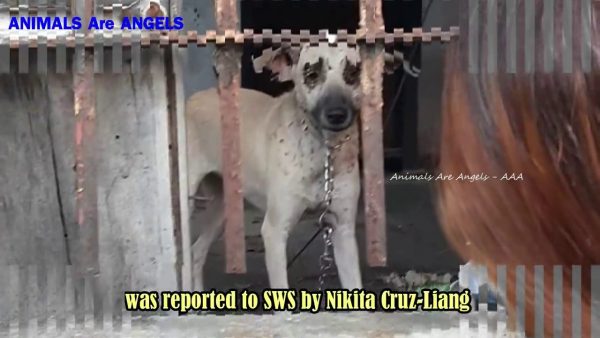
In the realm of animal welfare, a poignant saga unfolds—a heartfelt plea echoing through the silent suffering of a tick-infested dog.
This narrative delves into the compassionate efforts to treat a poor canine burdened by parasites covering its entire body, shedding light on the challenges faced by our loyal companions and the unwavering commitment of caregivers to restore health and hope.
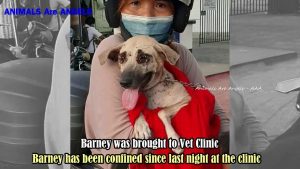
The Heartbreaking Discovery
In a chance encounter, caregivers stumbled upon a dog, its body enveloped by a sea of blood-sucking ticks. The once glossy fur now obscured by these relentless parasites, the dog’s eyes mirrored a silent plea for relief. The extent of the infestation hinted at prolonged neglect, drawing immediate attention to the urgency of the situation.
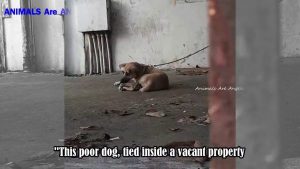
The Desperate Plea in the Eyes
The dog’s eyes, once windows to a vibrant spirit, now reflected the toll of parasitic invasion. With each gaze, it seemed to implore, “Can my eyes see again?” This silent, desperate plea fueled the resolve of the caregivers to embark on a journey of healing, aiming to restore not just the dog’s physical health but also the light in its eyes.
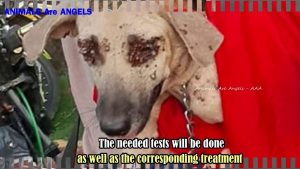
A thorough examination revealed an overwhelming tick infestation, affecting not only the dog’s fur but penetrating its skin, leading to a host of secondary issues.
The sight of engorged ticks clinging to the dog’s ears, paws, and even eyelids painted a grim picture of the neglected state in which the poor canine found itself. Driven by compassion, a team of veterinarians and animal welfare enthusiasts initiated a multi-faceted treatment plan.

The first step involved meticulous removal of the ticks, a painstaking process requiring precision and care to avoid causing further distress to the already suffering dog. Simultaneously, the caregivers administered medications to address potential infections and soothe the inflamed skin.
A Glimpse of Hope in the Eyes
As the parasites were painstakingly removed, a transformative process began. The dog, initially subdued by the weight of its infestation, exhibited signs of relief.
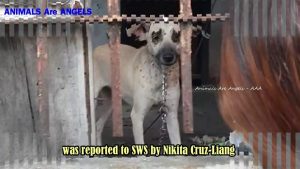
With each tick removed, the light in its eyes flickered, hinting at the gradual restoration of vitality. The caregivers found solace in witnessing this subtle yet significant change, knowing that their efforts were making a difference.
Post-Treatment Rehabilitation
Beyond the immediate treatment, the caregivers focused on the dog’s post-treatment rehabilitation. Nutritious meals, a comfortable living environment, and gentle socialization were integral aspects of the recovery process.
The goal was not only to address the physical consequences of the infestation but also to nurture a sense of trust and security in the dog.